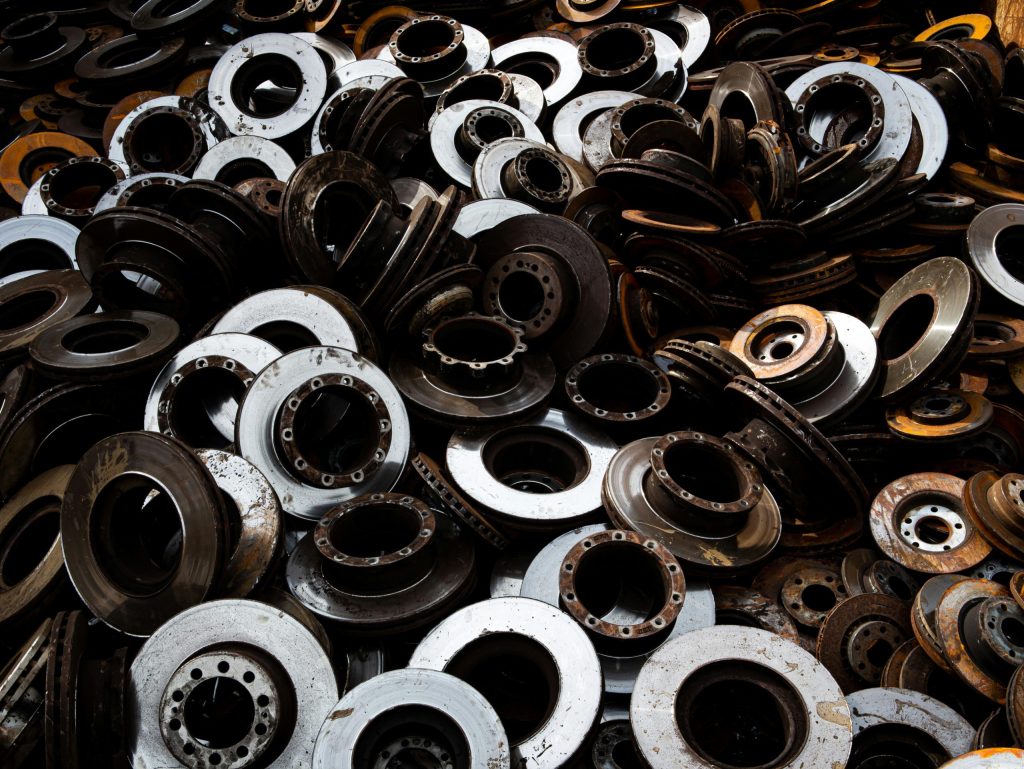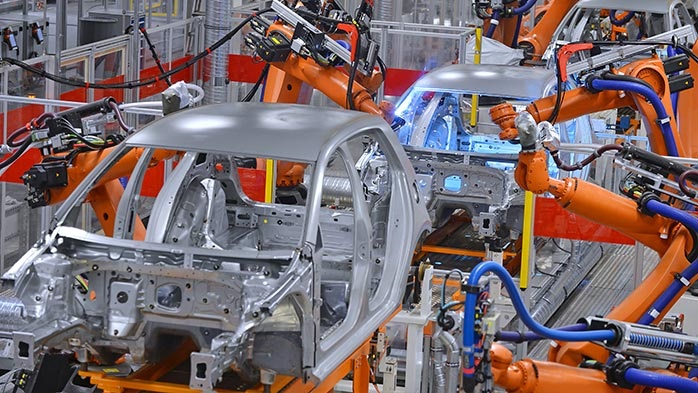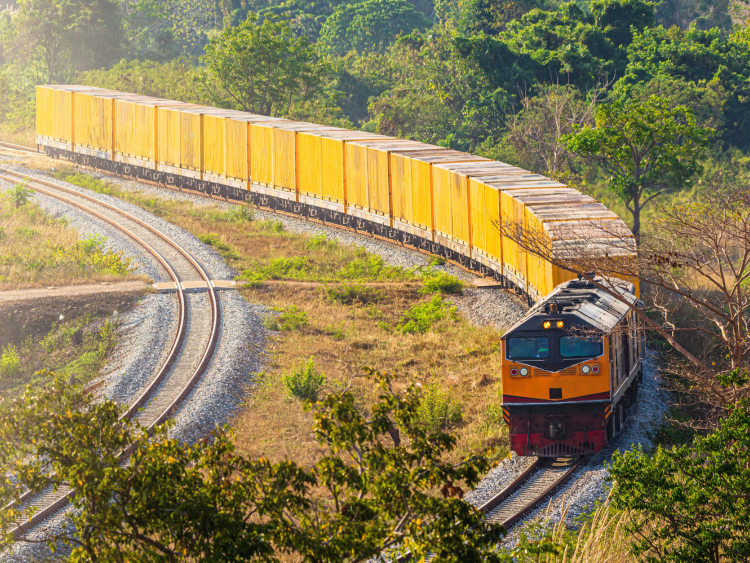Circular Economy Models

August 8, 2025
Nemak cuts a leading role: Monclova site exiting the cast?
Written by Nicholas Bell
A series of reports in Mexican media outlets indicate that Nemak’s aluminum engine block and cylinder head manufacturing facility in Monclova, Coahuila is nearing permanent closure.
According to statements by representative from the Confederation of Mexican Workers, operations at the plant may cease by Aug. 20, per coverage from El Siglo de Torreón.
The facility specializes in aluminum engine blocks used in internal combustion engines (ICE). While Nemak itself has yet to issue a formal statement, local union leaders suggest the site’s closure is all but final.
Once employing over 1,200 workers, Monclova is now operating with a maintenance crew of fewer than 50, and the industrial real estate it occupies is reportedly up for sale.
Nemak, a Mexico-based automotive parts supplier headquartered in Moterrey, specializes in lightweight aluminum components such as exterior body, powertrain components, and battery housings, with a global manufacturing footprint spanning 35 facilities across more than a dozen countries.
Cast away
Monclova has served as a linchpin in Nemak’s North American ICE casting portfolio. Nemak has since shifted its priorities toward more flexible aluminum applications, namely structural components better suited for evolving vehicle platforms.
Notably, the Monclova site received no mention during Nemak’s Q2’25 earnings call, despite discussion of recent declines in ICE volume, structural casting growth, and shifting customer needs.
That omission, coupled with commentary about “sunset pricing” on end-of-life (EOL) ICE programs and the remarks about capacity utilization elsewhere in other regions, strongly implies that plants like Monclova were already being phased out.
In layman terms, “sunset pricing” on end-of-life ICE programs usually means that as automakers are winding down certain gas-powered engine models, the parts supplier typically accepts lower prices for final production runs because the volumes are smaller and the platforms are no longer a strategic priority. Elsewhere, Nemak is actively discussing highlighting ramping up capacity, making it more likely that Monclova reflects program-specific wind-downs rather than a broader production retreat, especially as the company continues to support other sites even while certain ICE programs reach the end of their life cycles.
Any port in a storm
The broader trade environment has only accelerated that shift. The recent wave of U.S. protectionism, especially the 25% tariff on imported auto parts, has created enormous uncertainty for the Mexican Tier 1 and 2 suppliers integrated into North America’s supply chain.
Though Mexican auto part exports are technically exempt under USMCA if local North American content thresholds are met, the enforcement landscape has grown increasingly unpredictable.
The July U.S. presidential proclamation expanded tariff volatility further. Although it extended a 90-day extension of tariff exemptions, the move amounted to a placeholder, essentially continuing the status quo.
In other words, while this has delayed additional penalties, it has not reversed them, and the broader chilling effect on cross-border investment and parts sourcing appears to have already taken root.
Nemak’s Q2 results reiterated that broader shift. The company acknowledged the decline in ICE component volumes and outlined a production footprint increasingly oriented around electric vehicle (EV) platforms in North America as well as Europe.
Casting call
While North American operations were said to be running at full capacity utilization in some areas, that commentary must have been excluding the Monclova asset.
For Nemak, the Monclova retrenchment is part of a broader global realignment, as well as a reaction to the North American trade environment.
Prior to its second quarter earnings, the company finalized its acquisition of GF Casting Solutions, a Switzerland-based Tier 1 supplier with six high-pressure die-casting (HPDC) plants across Europe and two in China. GF’s customer base spans Audi, BMW, Jaguar-Land Rover, Mercedes-Benz, Volkswagen, and Volvo – OEM’s with Euro-centric platforms. Chinese customers include major EV producers, like BYD.
Absent from the customer list noted in the acquisition’s press release are the Big Three legacy U.S. manufacturers or their brand lines: General Motors, Ford Motor Group, and Stellantis, despite the greater share of the latter’s output assembled in Europe.
Eastbound and down
Nevertheless, a growing share of European production presence doesn’t mean Nemak has no future plans for North America altogether.
The company is constructing a mega-casting facility in Augusta, Georgia built around 6,100-ton HPDC cells, engineered to produce structural aluminum components. The site will also include in-house heat treatment, machining, and assembly operations.
The closure is both a symptom and an accelerant of economic contraction in Coahuila’s auto corridor.
Coahuila-border trade
While the closure of Monclova reflects internal reshuffling for Nemak, its consequences ripple through a region deeply tied to cross-border trade.
According to Mexico’s Secretaría de Economía, Coahuila de Zaragoza, where Monclova is located, was Mexico’s top exporter of auto parts in 2024, selling $6.43 billion worth of parts and accessories for motor vehicles, the vast majority destined for the U.S.
However, that position is eroding rapidly. In Q2’25, Coahuila’s exports of motor vehicle parts plummeted 21% sequentially and a full 31% year-over-year, pointing to a regional contraction that extends beyond Nemak’s factory.
Coahuila’s dependence on the U.S. is stark: 91% of its 2024 auto parts exports went north of the border. At the same time, the region’s import profile is aluminum-intensive, with $198 million in unwrought aluminum, $118 million worth of sheet, $95 million in foil imports, and another nearly $100-150 million worth of semi-fabricated aluminum products.
Overall, 47% of Coahuila’s aluminum imports came from the U.S., while a significant 19% came from China, making it vulnerable to protectionist swings from both directions.
Ripple effects
The Monclova site sits near the broader high-density automotive corridor linking Coahuila with Ramos Arizpe and Nuevo Leon, home to General Motors, Stellantis, and Hyundai plants as well as Tesla’s halted gigafactory.
The shuttering of Monclova could possibly undercut regional secondary smelters and scrap recyclers that relied on its operations.
Real Alloy, for example, operates a Monclova secondary smelter that produces foundry and casting alloys, with capabilities for low-recovery scrap processing, shredding, and the production of sow, ingot, and DeOx cones.
Meanwhile, RIISA runs a shredder and secondary smelter in Monterrey and Nemak itself has a melting center close by.
Two composers and a single composition
In terms of alloy usage, cylinder heads and monoblocks like those produced at Nemak’s site, are typically cast from Al-Si-based foundry alloys, such as 319 and A356.1, using sand or permanent mold casting. These alloys and their variants make up around 10% of secondary aluminum alloy production in the U.S.
Meanwhile, high-pressure die-casting alloys like A413.1 remain important for engine brackets, pump housings, and valve bodies
Closing a plant reliant on such alloy underscores their shrinking role in the future alloy mix.
Gigacasting, a process pioneered by Tesla, favors hig-volume standardization and large-format structural castings, dampening demand for specialized alloy and the supply chains built around them.
This context adds new meaning to Nemak’s Q2 agreement with Hydro, which outlines plans to co-develop low-carbon aluminum alloy solutions using higher volumes of post-consumer scrap and renewable energy. While marketed as a sustainability push, the deeper significance lies in the development of more flexible casting chemistries suited to gigacasting and large structural parts.
Ironically, Tesla’s own Nuevo Leon gigafactory, initially anticipated to be boon to the electrification of passenger vehicles, has spent 2025 in limbo due to tariff uncertainty.








